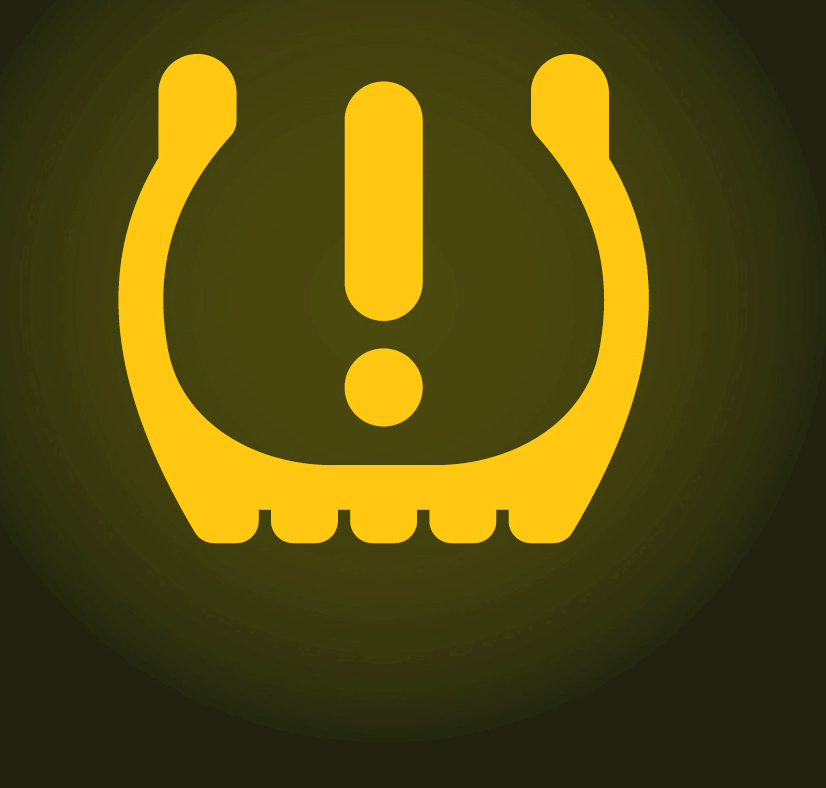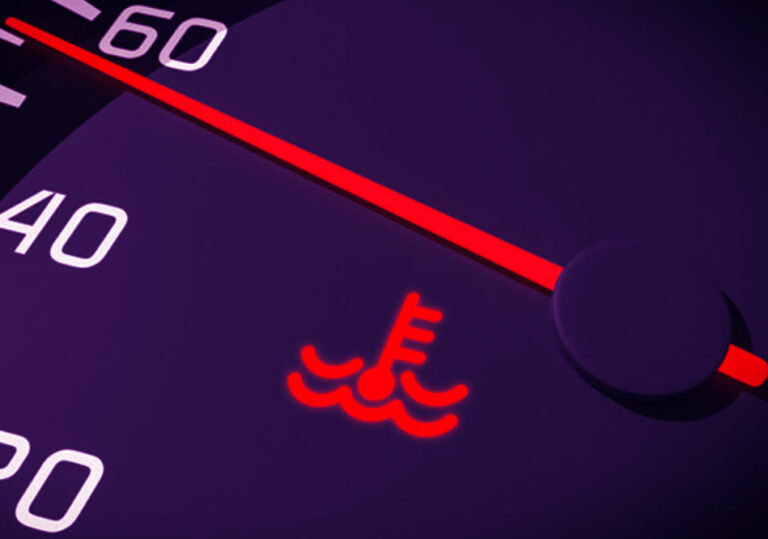Replaced TPMS Sensor Light Still On: Diagnosing And Fixing To Overcome The Issue

It can be frustrating and confusing if you recently replaced your tire pressure monitoring system (TPMS) sensor. And the warning light is still on.
The TPMS sensor is an important safety feature that alerts you when one or more of your tires are low on air. But suppose the sensor isn’t working correctly.
In that case, it can give false readings or not turn off even after you’ve adequately inflated your tires. This article will discuss common reasons why a TPMS sensor light may stay on after replacing the sensor. and what you can do to fix the problem.
What is a TPMS Sensor, and How Does it Work?
- A TPMS sensor is a small device installed in each tire and measures the air pressure inside the tire.
- The sensors transmit this information to a receiver, which then displays the tire pressure on a dashboard display or sends an alert if the pressure is too low.
- TPMS sensors are essential because underinflated tires can cause poor fuel economy, uneven tire wear, and even a blowout while driving.
Common Reasons Why a TPMS Sensor Light May Stay On
Several reasons why a TPMS sensor light may stay on even after you’ve replaced the sensor. Some common causes include:
- Incorrect sensor placement: Ensure the sensors are installed correctly in the correct tires. If a sensor is installed in the wrong tire or not tightened properly, it may not work correctly.
- Dead battery: TPMS sensors run on batteries; if the battery is over, the sensor won’t work. Make sure to replace the battery if it’s low or dead.
- Faulty sensor: The new sensor may be defective. In this case, you may need to get the sensor replaced again.
- Incompatible sensor: If you replaced the sensor with a different brand or model, it might not be compatible with your vehicle’s TPMS system.
How to Fix a TPMS Sensor Light That Won’t Turn Off
If your TPMS sensor light is still on after replacing the sensor, try the following steps to troubleshoot the problem:
- Check the sensor placement: Ensure the sensors are installed correctly and tightened properly.
- Examine the battery: Replace the battery if it’s low or dead.
- Check for compatibility: If you replaced the sensor with a different brand or model, ensure it is compatible with your vehicle’s TPMS system.
- Have the sensor checked: If the sensor still isn’t working correctly, take it to a mechanic or dealership to have it checked. They may be able to identify the problem and replace the sensor if necessary.
Frequently Asked Questions of Replaced TPMS Sensor Light Still On
What happens if I ignore the TPMS sensor light?
- It is not good to ignore the TPMS sensor light.
- If the light stays on, one or more of your tires underinflate, which can cause poor fuel economy, uneven tire wear, and even a blowout while driving.
- It is essential to address the problem as soon as possible to confirm the safety of your vehicle.
What is the time range in which I should replace my TPMS sensors?
- The lifespan of TPMS sensors varies depending on the brand and model.
- Some sensors may last for the vehicle’s lifetime, while others may need to replace every 5-10 years.
- It is best to consult your vehicle’s owner’s manual or a mechanic for recommendations on how often to replace your TPMS sensors.



